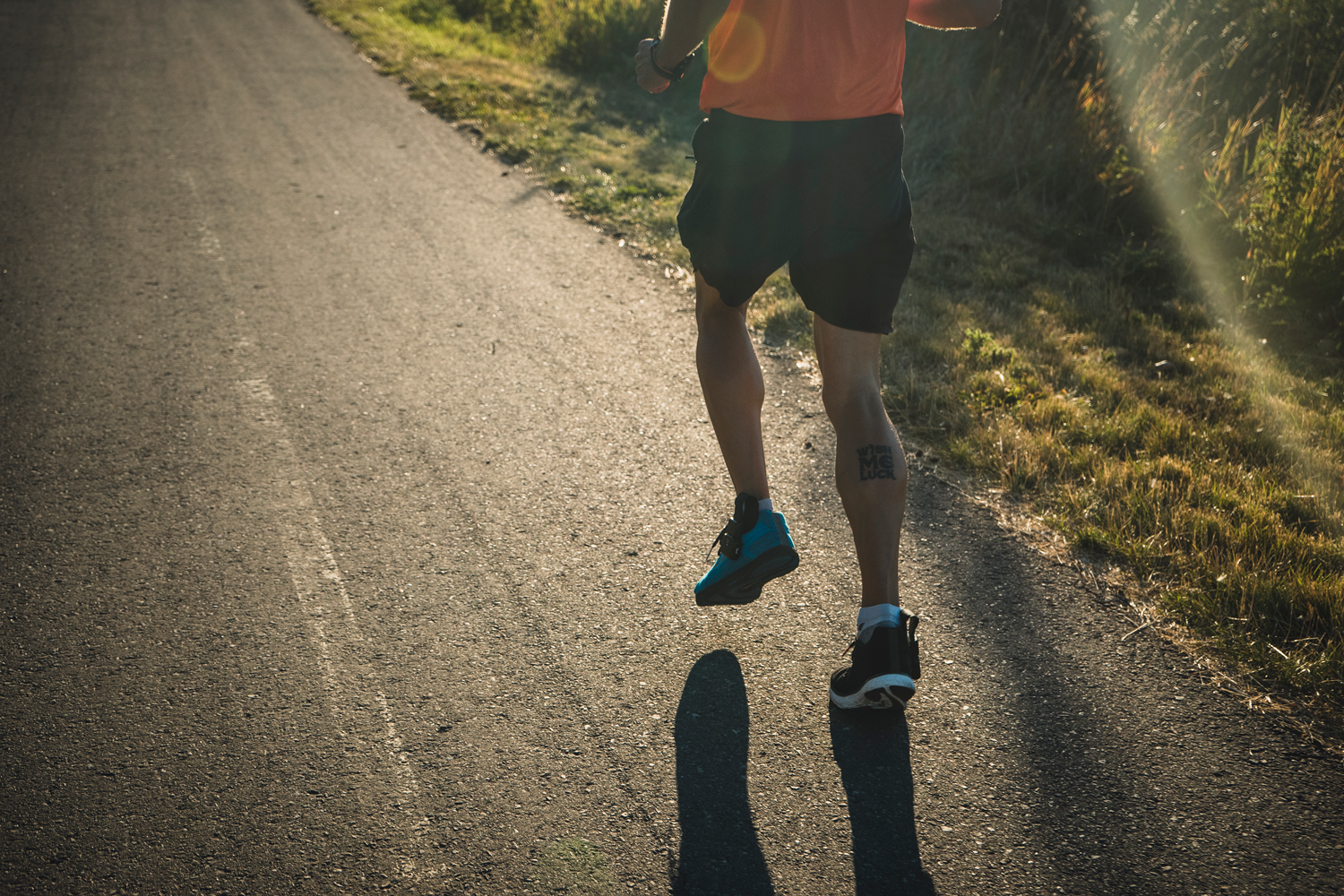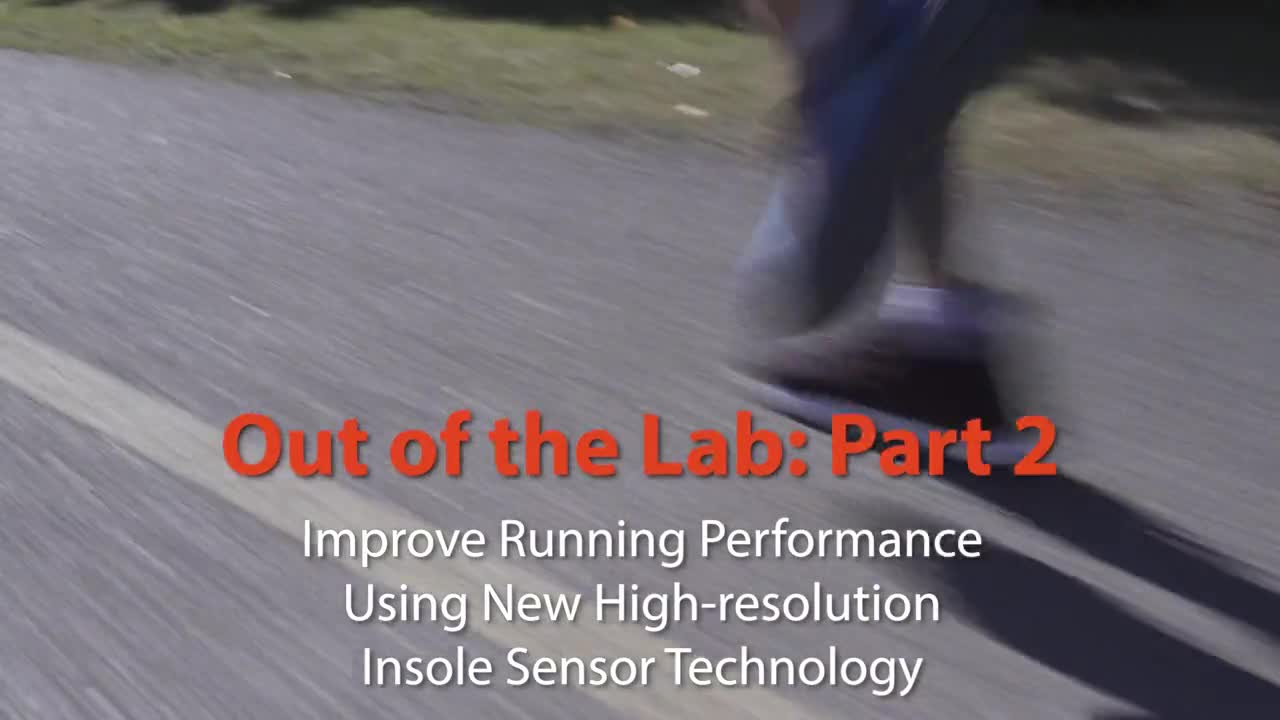
Wearable Sensor Technology in Motion
What can you learn from the way you run? That’s what we sought to answer with our recent case study with ultramarathon runner, Dave Proctor, who ran 100 kilometers wearing our new Intelligent Insoles | Pro.
By getting out of the lab and observing Dave in his preferred outdoor running environment, we were able to break away from the restrictions of a controlled setting and record precise plantar pressure and gait data more naturally and accurately.
Two major motivations for capturing and evaluating plantar pressure data are:
-
Avoiding or mitigating injury. Whether you’re new to running or a top athlete, everyone can benefit from injury prevention measures.
-
Optimizing athletic performance. This is particularly true for top competitors whose success may come down to differences measured in milliseconds.
For someone like Dave, who regularly participates in races and plans to run a cross-country ultramarathon next year, both of the above are critical in helping him reach the finish line.
Gait Analysis and Real-Time Plantar Pressure Data to Prevent Injury
Gait analysis helps to evaluate a runner’s biomechanical movement and determine how efficiently they are moving. From foot landing to knee placement, and overall posture — everything is examined.
Fatigue-induced gait changes may increase a person’s risk for developing overuse injuries. To an extent, injury is unavoidable, particularly as the frequency and intensity of activities increases.
With the help of pressure mapping, form can be easily understood and improved if needed, which can help decrease the severity of an injury. Over time, interventions that occur during athletic activities help to increase efficiency by catching problematic gait changes before too much damage is done.
One hundred kilometers is more than 130,000 steps, which compared to the average person’s daily step count of 3,500, means there were many opportunities for Dave to incur an injury during his run. Based on pressure mapping data during his run, Dave’s strength and conditioning coach, Carla Robbins, conducted some active release treatments that helped to avoid aggravating prior injuries.
Improving Athletic Performance with Pressure Mapping
Footwear plays a major part in injury prevention, which is why the insole sensor was designed to be virtually undetectable to the wearer. At less than two millimeters thick, footwear performance is never compromised. During his upcoming cross-country marathon in 2021, Dave will encounter elevation changes, and plantar pressure data can provide precise insight into how gait changes can be compensated for by upsloping Dave’s shoes or creating additional cushioning.
After the third and fifth laps of his recent 100 kilometer run, Dave had two interventions, a tibialis posterior release and glute activation. These muscles contribute to gait and changing the way they activate helped to improve overpronation and medial pressure and as a result, Dave’s overall stride.
Our insole sensor can be worn regularly, and consistent use is particularly beneficial for those who are training for specific events. Repeating similar patterns of movement — for example, running the same 15 kilometer lap — means data patterns can emerge and be evaluated. From there, targeted strength training programs can be developed to further optimize athletic performance.
Who Benefits from Using Insole Sensor Technology?
Providing biomechanics professionals with the ability to capture and review plantar pressure data in real time could mean the difference between a sore muscle and a broken bone for their clients. Should a serious injury arise, plantar pressure mapping also offers a way to observe recovery and provide tailored strategies to get folks back on their feet.
But insole sensor technology isn’t just for athletes and medical professionals. Researchers benefit from using the Intelligent Insoles | Pro to capture precise data in any environment without compromising natural gait, feature-rich software and imagery to support detailed analysis.
How the Intelligent Insoles | Pro Compares to Other Technology
Historically, capturing plantar pressure and gait data has been a challenge because current products are not suited for real-world testing. Motion capture, for example, can’t be taken “into the field” and doesn’t always pair with a mobile app, and provides only a partial view of athletes in action.
Thanks to powerful visualizations, the Intelligent Insoles | Pro completes the picture, and allows coaches and clinicians to confirm or change their treatment plans. Our sensors are portable and only take minutes to set up — plus, they come with their own mobile app — so it’s easier than ever to get out of the lab.
Each insole sensor of the Intelligent Insoles | Pro has 230 sensels recording at 150 Hz, and the data collected is repeatable (with +/- 5% full-scale error) and no calibration is required, even after 60,000 cycles.
For a deeper analysis of Dave’s 100 kilometer long-distance run using our Intelligent Insoles | Pro, watch Part 2 of our Out of the Lab webinar series, Improve Running Performance Using New High-Resolution Insole Sensor Technology.



